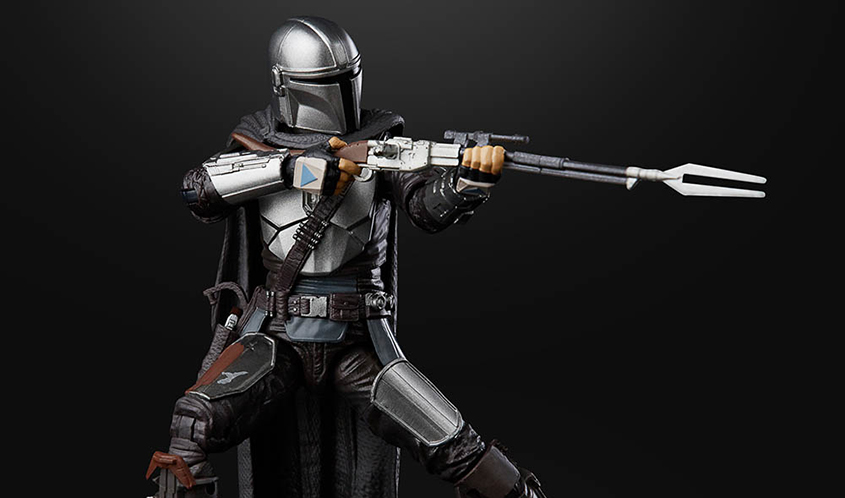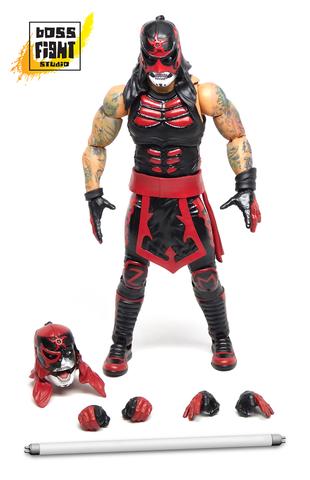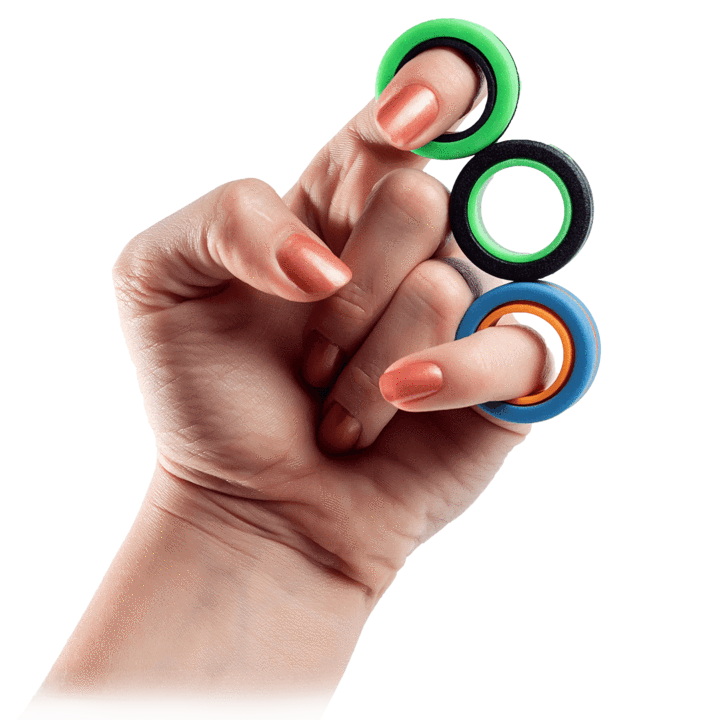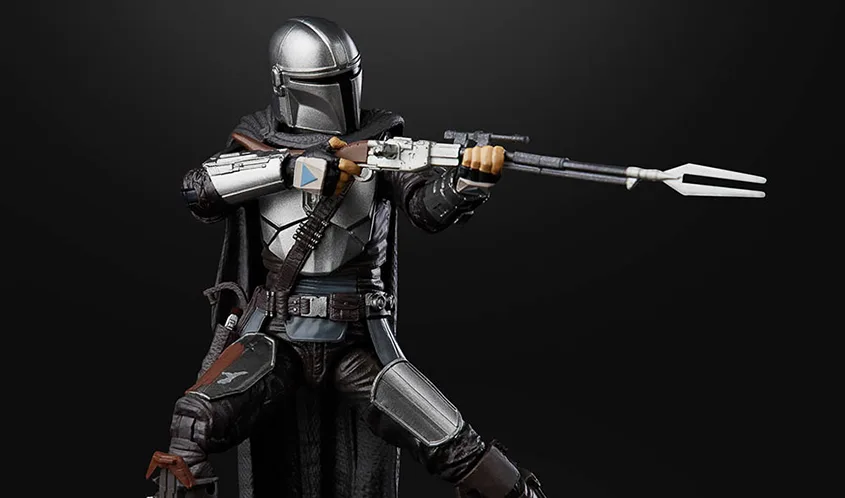
There was once a time when kids grew up. At some point, usually on the cusp between being tweens and teens, kids moved beyond traditional play and started viewing toys and games as “kid stuff” — as if that’s a bad thing. While some kids still do hit that point, big kids are realizing that they don’t have to let go of childhood. Once they move beyond the traditionally awkward teen years, a lightbulb goes off to signal that play is something for everyone.
The stereotype of 40-year-old men collecting toys — a phenomenon captured to perfection in a 2015 Saturday Night Live sketch in which collectors hoarded Hasbro’s Star Wars: The Force Awakens toys with no intention of opening their packages to play with them — is slowly starting to fade. Instead, that image is being replaced with groups of adults gathering around the table to enjoy toy-inspired games, such as the growing Funkoverse series, or by an increasing number of grown-ups who are taking on the hobby of toy photography (“toyography”), in which they play with toys in different ways, posing and staging them into epic scenes that capture childhood imagination in a single frame. On an even simpler level, many parents now actively engage in imaginative play with their kids — making connections in a way that parents in past decades didn’t.
As the growing Throwback Toy Box trend continues, retro properties continue to drive new products not just in rebooted lines and licenses, but also by inspiring completely new toy lines that take design cues from the classics.
“Kidulting! It’s a big trend in play right now. [It’s] nostalgia with a bit of escapism — adults are revisiting what made them happy when they were growing up,” says Steven Anne, creative director at Nashville’s Big G Creative, the company behind the Trapper Keeper Game and Kenny G Keepin’ It Saxy. “Toy companies have picked up on this trend and are digging through archives and vaults to produce new spins on properties that were popular in the ‘70s, ‘80s, ‘90s, and early 2000s.”
Super7’s ReAction Figures and Mezco Toyz’ new 5 Points collection are prime examples of how the old and new are coming together as these companies put a fresh spin on the classic, 3.75-inch action figure scale with five points of articulation, commonly known as 5POA. In many cases, popular licenses are being applied to a format that they missed the first time.
“I absolutely loved G.I. Joe growing up. It was really the only toy line you could say I collected as a kid, so there have definitely been a few times in my adult life [when] I saw a ‘must-have’ figure of one of my favorites from back in the day and I’ve picked it up,” says Kevin Kleinrock, president and COO at Masked Republic, a company that specializes in bringing Lucha Libre (Mexican wrestling) to audiences in the U.S.
Masked Republic actively works to connect a family audience of all ages, and it’s making sure that its upcoming toy lines have cross-generational appeal and are actually playable.

“For the Legends of Lucha Libre figures we are licensing to Boss Fight Studio, the designers are being mindful to create an affordable line and a few different series of collectibles with lower price points that could be considered ‘kid friendly’ — but then we also have the $35-40 Collectors Series figures, which are much more detailed than anything I collected as a kid,” Kleinrock says.
In many ways, play is therapeutic, and it’s offering adults ways to enjoy themselves through sophisticated upgrades of their childhood favorites. The LEGO Group is embracing this through a variety of product lines that tap into a multitude of interests, ranging from architecture and high-end design to pop culture. One such addition is the 3,321-piece LEGO Haunted House from the LEGO Creator Fairground Collection. Additionally, the recent introduction of the LEGO Originals Wooden Minifigure, created in collaboration with Room Copenhagen, explores yet another avenue of creativity by enticing artistic creation using the 7-inch, handcrafted, wooden figure as a blank canvas.
While sitting back to assemble a jigsaw puzzle is a longtime staple of adult play, new offerings, such as Jixelz from Fat Brain Toys, put an addictive spin on the play pattern, offering adults a perfect way to spend a few hours either with their kids or while enjoying some time alone. The micro-scaled plastic jigsaw pieces encourage the use of fine motor skills, spatial reasoning, creativity, and planning that transcends the recommended age grade of 6 and up. Things that can be assembled are Instagrammable works of art.
Remembering How to Play
During last fall’s Primetime Emmy Awards, Fisher-Price unveiled a brand messaging campaign with a lead spot starring John Goodman. The vibrant stroll through the Little People farm is peppered with iconic preschool toys as Goodman plays the farmer, spinning a tale of childhood fun, back when it was rhyme time all the time. “But then you moved on — you had to — to that tall place where opinions are loud and clocks are the boss,” he says. As he takes the hand of a little girl, Goodman notes that you can always come back, and if you return to play with someone smaller, “they can teach you things that you didn’t know you forgot.”
To accompany the ad campaign, Fisher-Price and Walmart partnered on a series of live Pop-Up Playdate events that put their intentions out there quite boldly. Alongside the demos of new toys for kids, Fisher-Price brought out adult-size versions of some preschool classics. The invitation served up a compelling offer: “Take a break from adulting and come play like a kid.”

Richard Derr, owner of Learning Express Toys in Lake Zurich, Illinois, says that adults are purchasing a wide array of products for themselves. “Tenzi, Clack, and Genius Square are among the games that are selling,” he says. Derr notes that many dads are buying Speks, and that puzzles and FinGears are a steady draw.
As toymakers continue to reconnect with audiences that once moved on, and academics take a deep look at what makes play so important and why more adults are rediscovering it, Anne may have the answer to why there should never be a break in the continuity of fun: “In the end, if it makes us happy — then why stop?”
This article was originally published in the June 2020 issue of the Toy Book. Click here to read the full issue!

